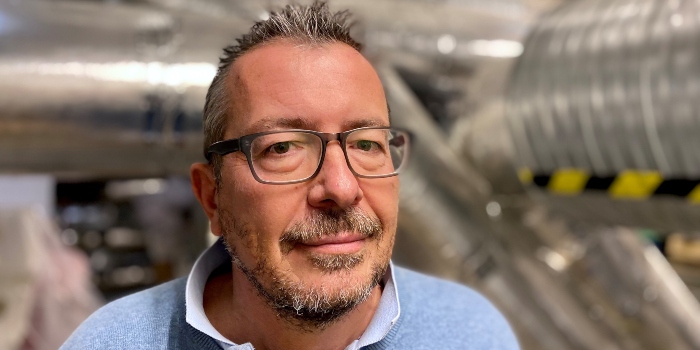The International Buildings Physics Conference, IBPC, brings together researchers for debate on ventilation in buildings after COVID-19.
The corona pandemic will bring about changes in the built environment. This is one of the topics at the International Buildings Physics Conference IBPC2021, which will be held at DTU from 25 – 27 August and brings together the world’s leading experts in building physics. The researchers focus on the current situation with COVID-19, and discuss how to reduce the risk of the infection spreading indoors, especially using technical solutions.
“Ventilation of buildings is very topical at the moment, as we return to physical attendance at the workplace. We have learned a lot about the importance of social distancing and good hygiene, but we need to translate our knowledge about airborne infection into clear recommendations for ventilation in buildings,” says Associate Professor Pawel Wargocki from DTU Civil Engineering, who chairs the IBPC’s debate on how COVID-19 will change the built environment.
Paradigm shift for ventilation
Since the corona pandemic closed workplaces and large parts of Danish society in 2020, there has been a focus on the importance of ventilation in buildings. In 2021, 40 researchers from 14 countries have joined forces in a call to arms to stress that the corona pandemic and virus control have given rise to a completely different way of thinking about ventilation systems. In an article in the scientific journal Science, the researchers argue that the focus of building regulations, standards and guidelines regarding buildings should be changed from comfort to health. Air quality in buildings where people move around must be prioritised to a completely different degree than it is today. And that requires a paradigm shift in ventilation.
“A paradigm shift in ventilation will challenge building design, and require ventilation systems to be able to protect us against pandemics. It has long been documented that the benefits will quickly exceed the cost of the necessary ventilation, as investments will pay off in a short time, partly because sickness absence will decrease and productivity will increase,” says Pawel Wargocki, co-author of the rallying call in Science.
Filters and UV irradiation
The researchers argue that it is necessary to develop measures that reduce the time that a virus is present in a building. For example, in addition to ventilation, air purification with a filter with a high level of efficiency (HEPA filter) or UV irradiation can be used. In addition, consideration must be given to how to use different rooms, depending on whether they are used for singing and choirs, high intensity physical activity or other activities, because the virus level can vary between different rooms.
For the ventilation system itself and air distribution in rooms, work needs to focus on air volumes, filtration, and in particular on air distribution, i.e. control of concentration levels in the breathing zones of the individuals concerned. Other solutions include time management based on usage, personal ventilation and the efficient extraction of exhaled air.
The debate at the IBPC conference includes presentations on ventilation and air distribution in connection with COVID-19 and the use of various tools to predict which solutions perform best.
